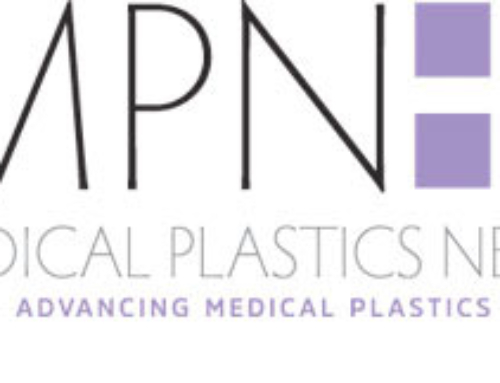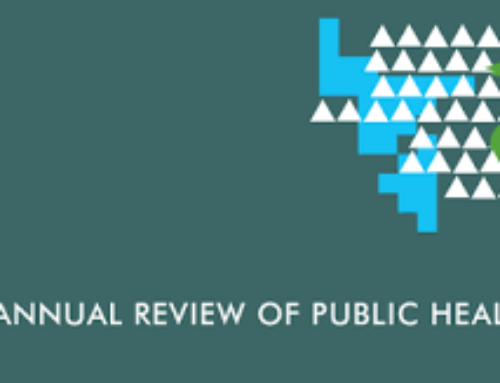Environmental protection and responsibility are fast moving to the top of the corporate agenda, and the medical device business is no exception. The health sectors of the United States, Australia, Canada and England together emit an estimated 748 million tons of greenhouse gases each year, a production higher than the CO2 emissions of any country but six worldwide. Various European standards have been introduced to curb this situation.
The waste electrical and electronic equipment (WEEE); Restriction of Hazardous Substances (RoHS); The Registration, Evaluation and Authorization of Chemicals (REACH) and the Regulations on Energy Using Products (EuP) have all significantly changed the manufacturing processes, specific labeling, compliance with disposal restrictions and the creation of instructions for the disposal and recycling process.
Many medical devices are currently exempt from these regulations, but several directives, including RoHS and WEEE, are currently under review and may apply in the future. This is particularly relevant for devices that are “connected” and have a digital surveillance component that then brings them under the regulatory authority of agencies that manage devices with electronic components.
Security, usability and sustainability
As medical device manufacturers work to respond to increasing market demand for environmental sustainability, they also need to grapple with a key element of their mission: ensuring safety and ease of use for medical staff and patients. Parenteral and other invasive products are tightly regulated to reduce the risk of healthcare acquired infection, which is typically between 5 and 8% in most developed countries, according to the European Center for Disease Prevention and Control. Therefore, they typically contain single-use, single-use plastic elements.
At the same time, many hospitals and purchasing organizations have recognized that sustainable purchasing practices play a key role in reducing costs over time. Many GPOs have appointed and empowered Senior Directors of Environmentally Preferred Sourcing who successfully implement the business case of sustainable purchasing. In addition, global pharmaceutical companies are increasingly creating leadership positions with sustainability goals as a key element for the role.
The disposal of medical products is a particularly hot topic; Generally carried out by incineration in the EU, it typically releases nitrous oxide and known carcinogens such as polychlorinated biphenyls, furans and dioxins. Some of the strategies that manufacturers have tried to reduce waste destined for incineration include sterilization and reprocessing. . .
Visit FiorReports.com for the full article.









